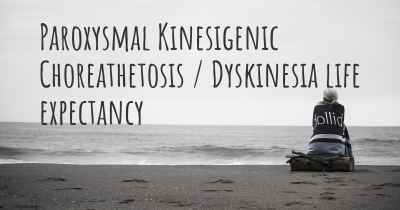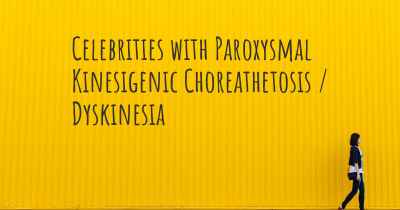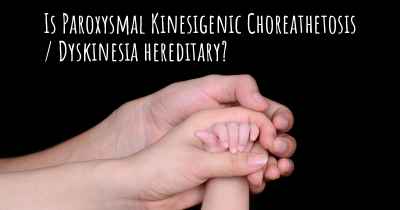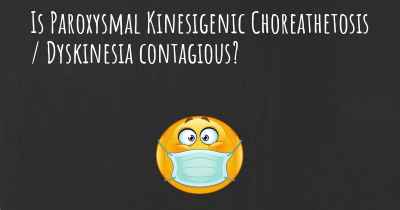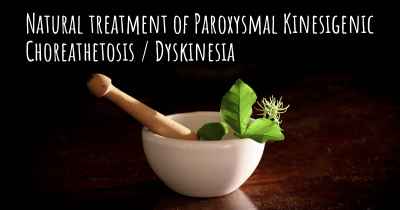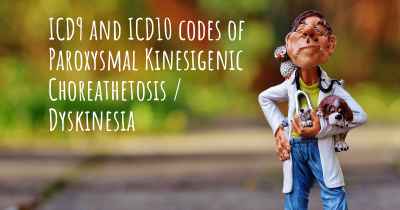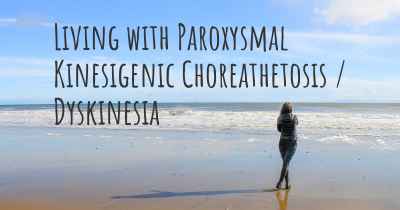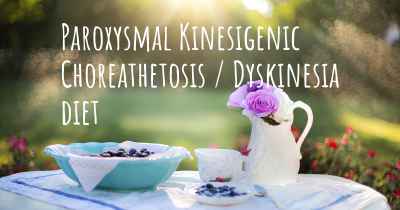How is Paroxysmal Kinesigenic Choreathetosis / Dyskinesia diagnosed?
See how Paroxysmal Kinesigenic Choreathetosis / Dyskinesia is diagnosed. Which specialists are essential to meet, what tests are needed and other useful information for the diagnosis of Paroxysmal Kinesigenic Choreathetosis / Dyskinesia
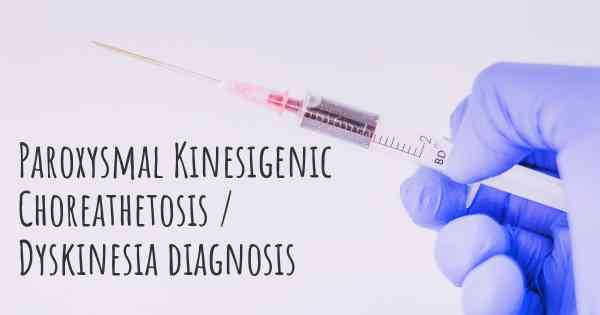
Paroxysmal Kinesigenic Choreathetosis/Dyskinesia (PKC/D) is a rare neurological disorder characterized by sudden, brief episodes of involuntary movements. These episodes, also known as paroxysms, can be triggered by sudden movements or changes in posture. PKC/D typically begins in childhood or adolescence and can persist throughout a person's life.
Diagnosing PKC/D involves a combination of clinical evaluation, medical history assessment, and specialized tests. The process aims to rule out other potential causes of the symptoms and confirm the presence of PKC/D.
During the initial clinical evaluation, a healthcare professional will carefully examine the patient's symptoms and medical history. They will look for specific characteristics that are indicative of PKC/D, such as the sudden onset of choreiform or dystonic movements triggered by movement or changes in posture. The doctor may also inquire about the frequency, duration, and intensity of the episodes.
Genetic testing plays a crucial role in diagnosing PKC/D. The disorder is primarily caused by mutations in the PRRT2 gene, which can be identified through genetic testing. A blood sample is usually collected from the patient and sent to a specialized laboratory for analysis. The results of the genetic test can confirm the presence of PRRT2 gene mutations, providing a definitive diagnosis of PKC/D.
In some cases, additional tests may be conducted to rule out other potential causes of the symptoms. These tests may include:
- Electroencephalogram (EEG): This test measures the electrical activity of the brain and can help rule out seizure disorders that may present with similar symptoms.
- Magnetic Resonance Imaging (MRI): An MRI scan can provide detailed images of the brain, helping to exclude structural abnormalities or other underlying conditions.
- Blood tests: Routine blood tests may be performed to check for any abnormalities or underlying metabolic disorders.
It is important to note that PKC/D is a clinical diagnosis, meaning that the presence of characteristic symptoms and genetic confirmation are typically sufficient to establish the diagnosis. In some cases, the genetic test may not be readily available or may yield inconclusive results. However, the combination of clinical evaluation and genetic testing remains the gold standard for diagnosing PKC/D.
Once diagnosed, PKC/D can be managed through various treatment options, including medication and lifestyle modifications. Medications such as anticonvulsants or beta-blockers can help reduce the frequency and severity of the episodes. Physical therapy and regular exercise may also be beneficial in managing the symptoms and improving overall quality of life.
